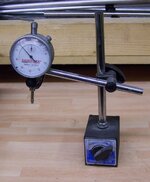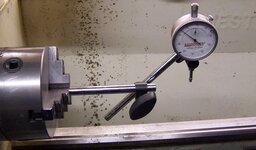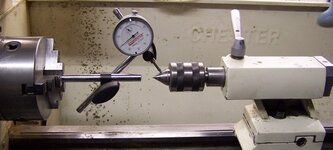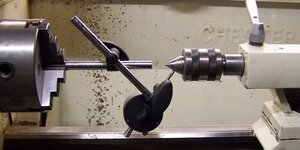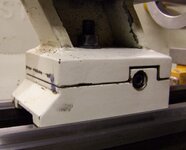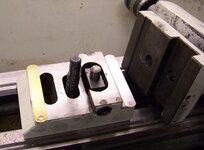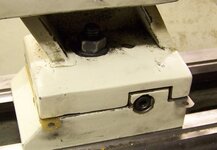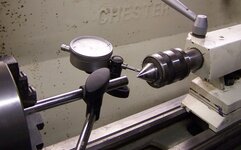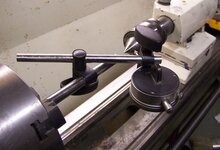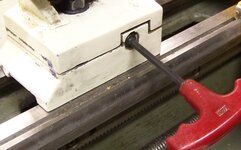workinforwood
Member
I spent 4 hrs fiddling with my collet chuck. After pulling it apart, facing pieces to match the head of the machine and re-assembly along with thousands of hammer tunks, I am pretty happy with the setting of the chuck. I do not know what the meter means, but the little arrow only moves 2 dashes, and that's better than I can get out of my jet mini at least. Probably not good enough for some of you, but oh well. The question now is how to align the tail stock to the chuck? I know the obvious part where I have to turn the screw  , but how will I know when the tailstock is in the center?
, but how will I know when the tailstock is in the center?

